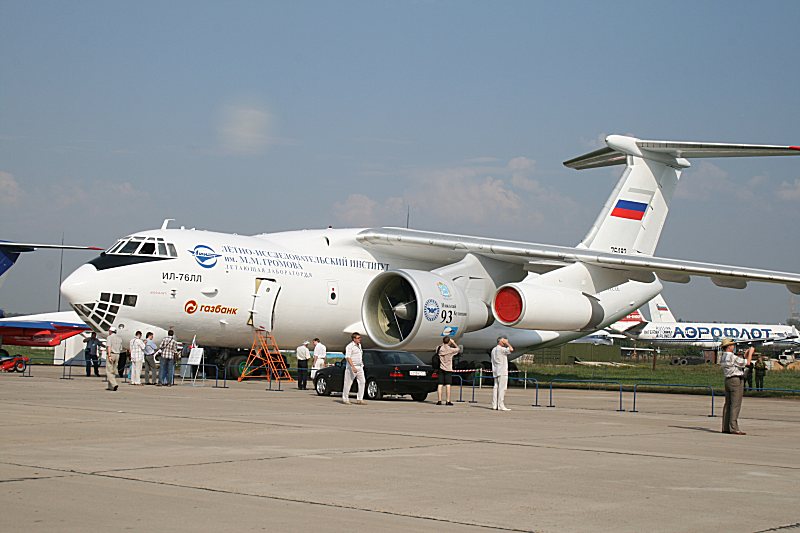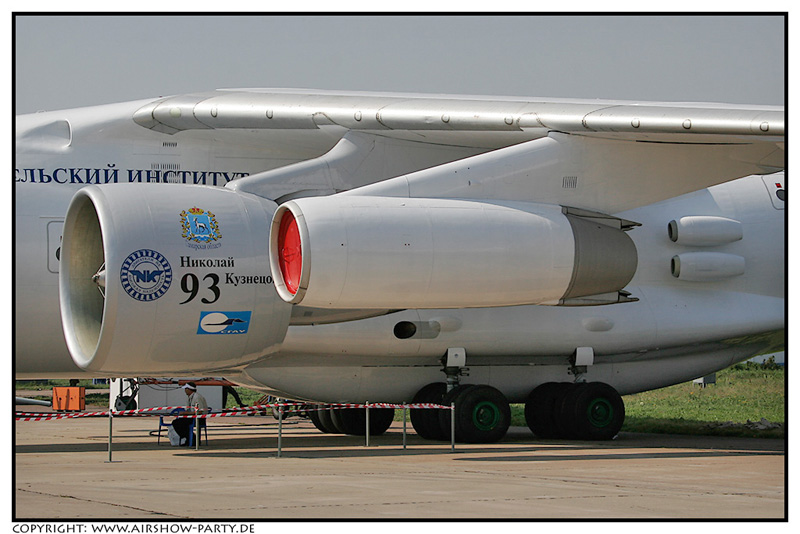Vladimir79
New Member
- Joined
- Jul 1, 2009
- Messages
- 1,404
- Likes
- 95
Is this engine the co-work with Snecma of France?
I don't think the current version will be used in any fighter project. AMCA and MK-II will use upgraded version of Kaveri.Where will the Kaveri be used ?
The MK-II is using the GE-414, Mk-I is using 404. Is it for the AMCA ?
No vlad this must be K10 version, previous tests were unsuccessful (K9 version)Is this engine the co-work with Snecma of France?
for life span of fighter it takes 3 engine changes. So if kaveri deemed successful, it can replace foreign engines later on. For initial purpose it can fulfill role for powering LIFT(lead In flight trainer). So it can mop up flight hours.Where will the Kaveri be used ?
The MK-II is using the GE-414, Mk-I is using 404. Is it for the AMCA ?
It is obvious truth, but now we people have achieved something over it.Kaveri doesn't have enough thrust to replace the GE engines.






No, Nitesh prototype tested is K-9 which is being developed as GTX-35VS. As of now there is no such thing like K-10 on ground, this is only predicted code name for GTRE-SNECMA JV Kaveri that too in internet world only.No vlad this must be K10 version, previous tests were unsuccessful (K9 version)

